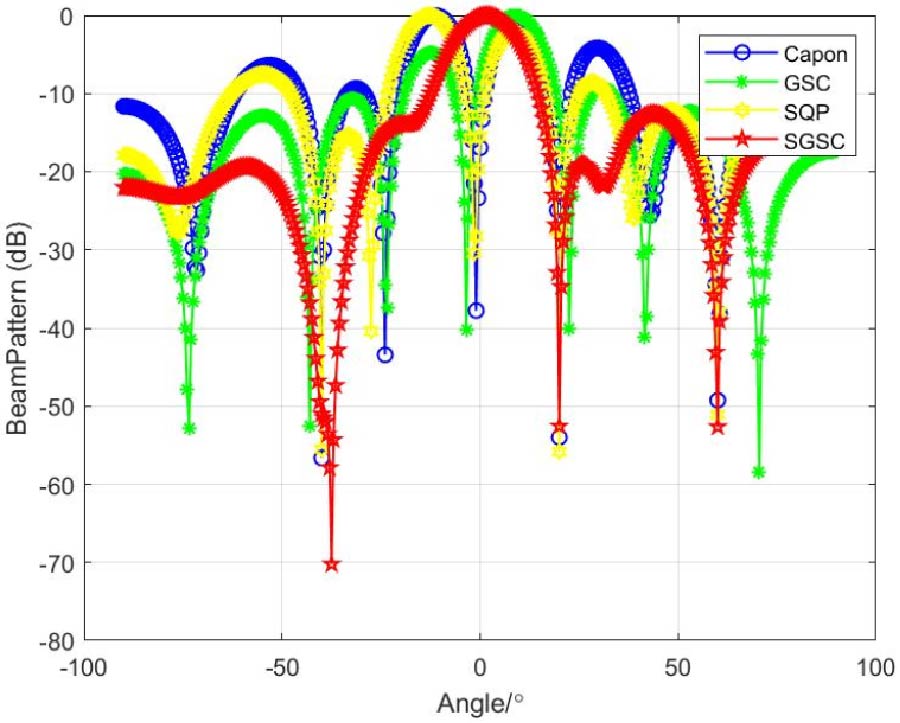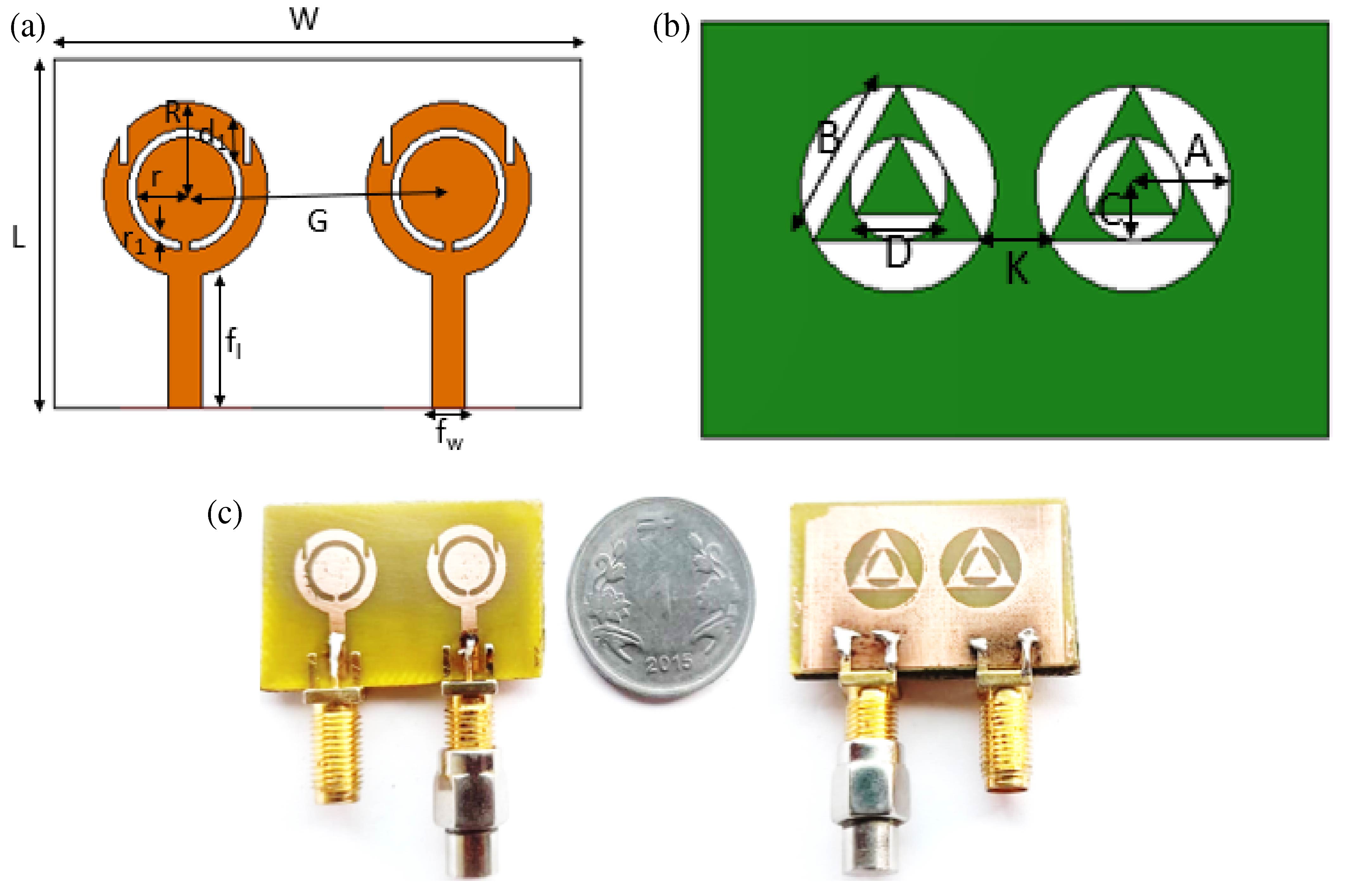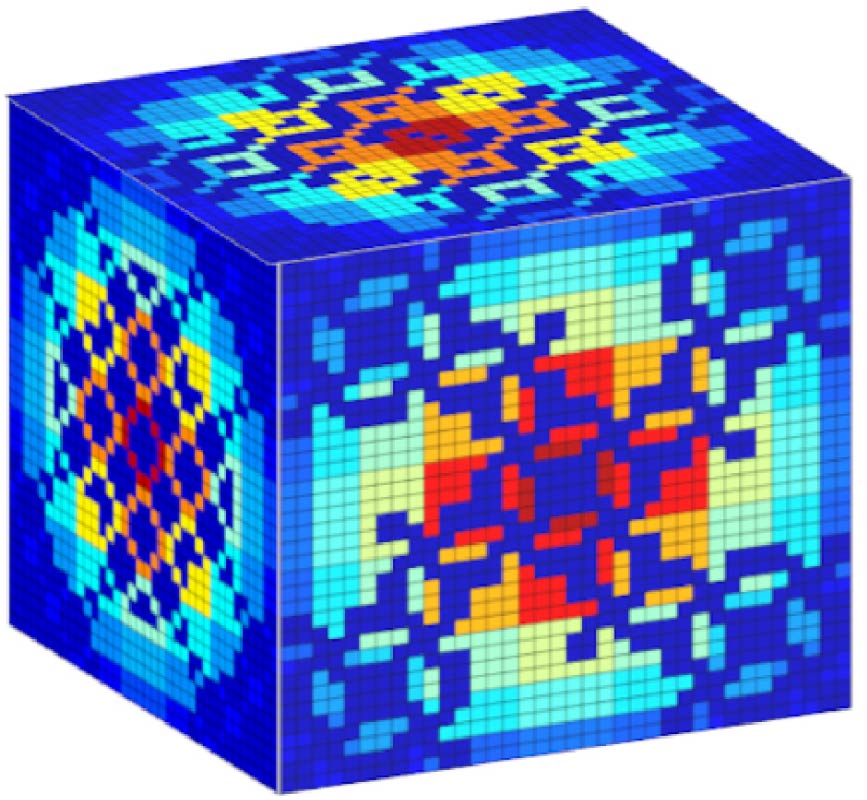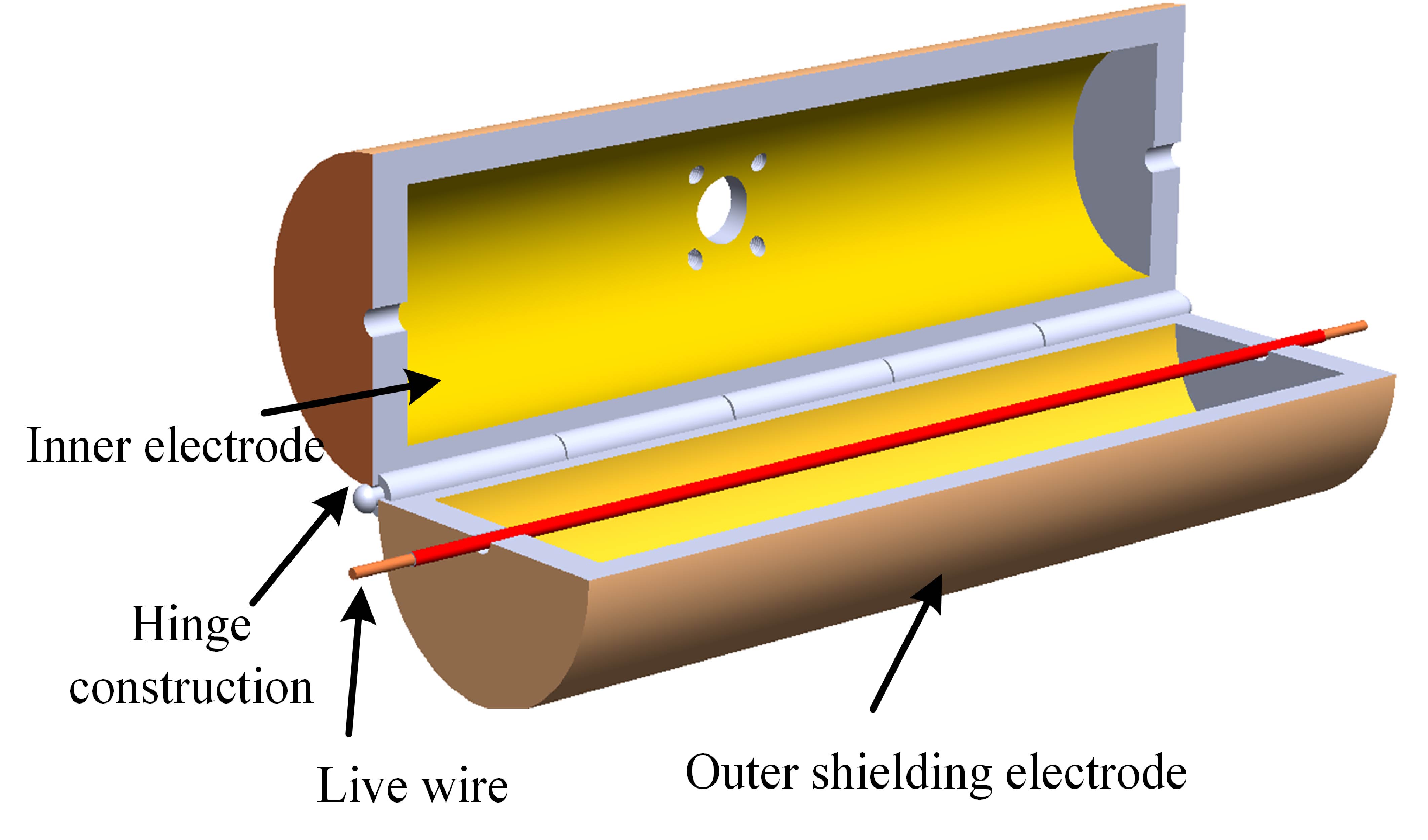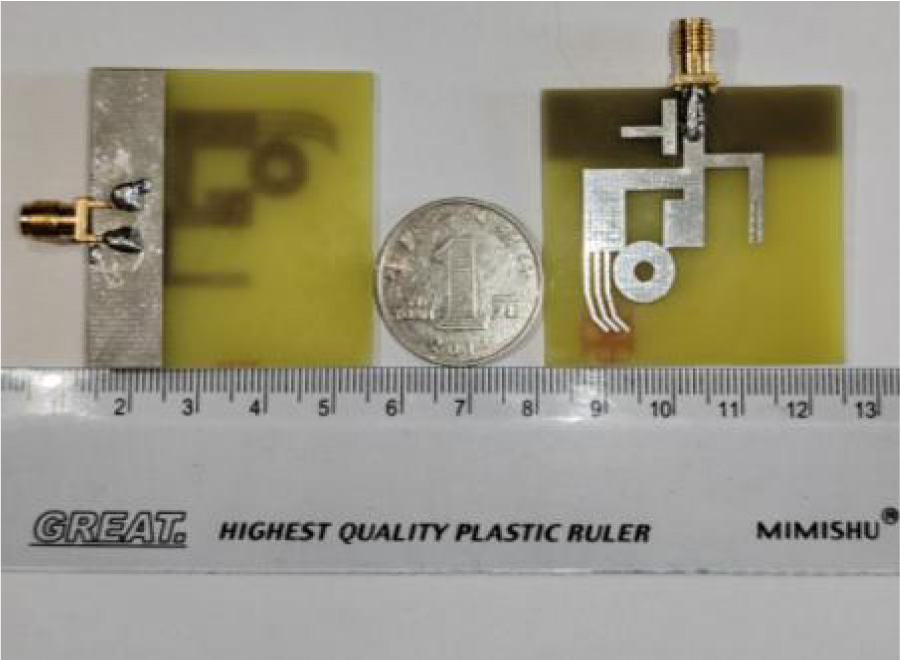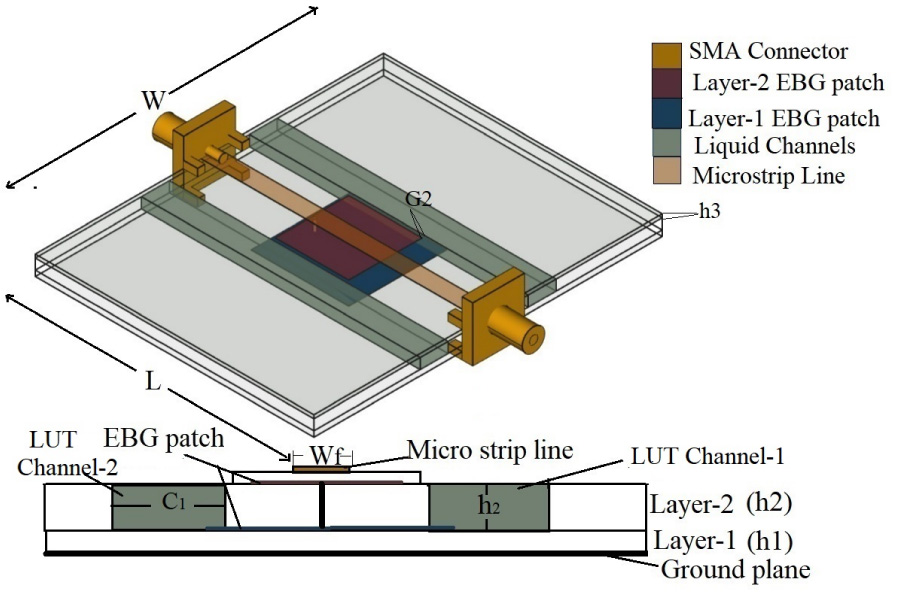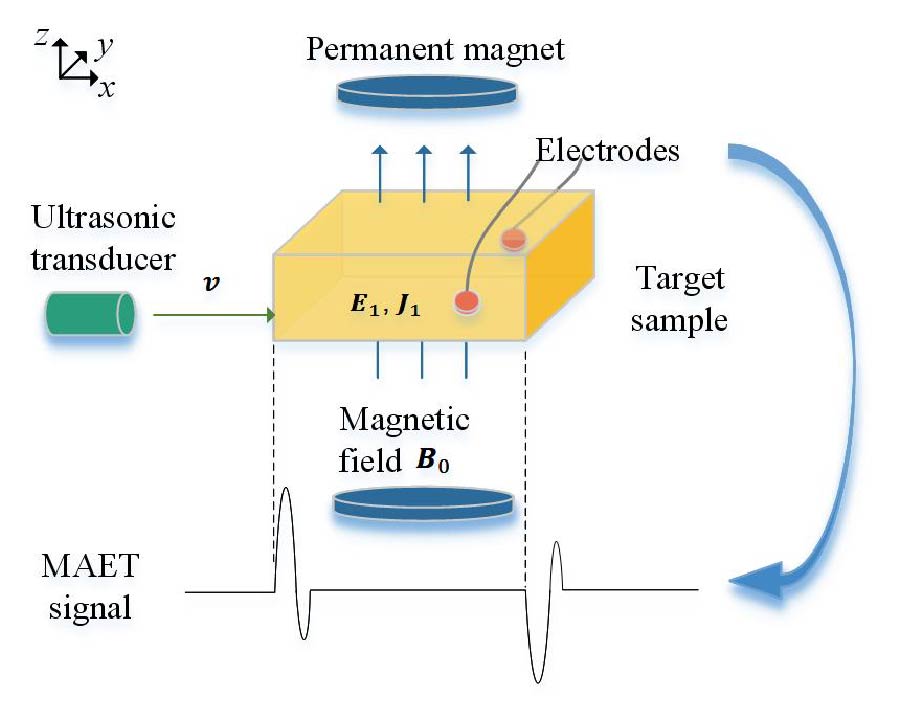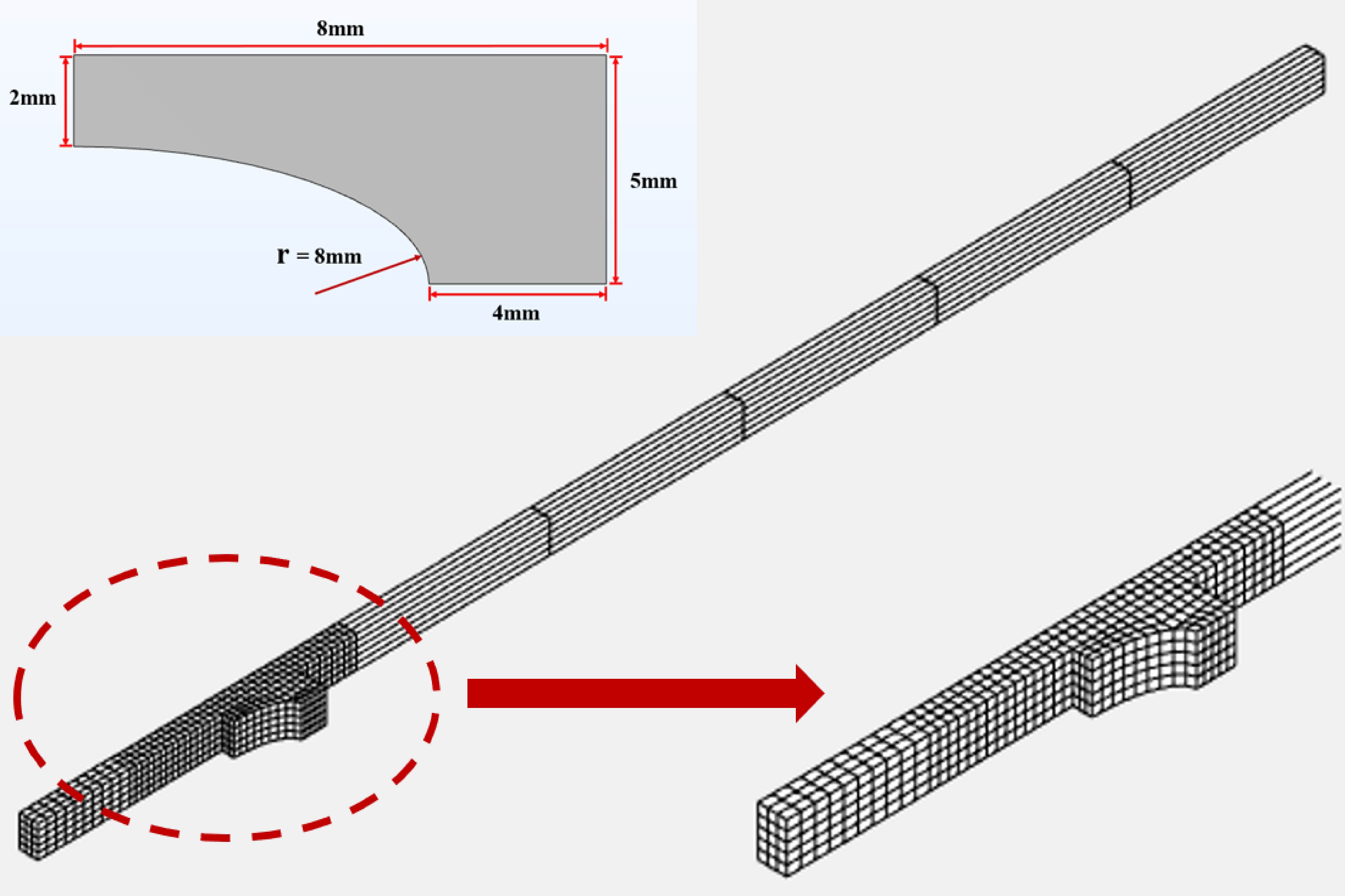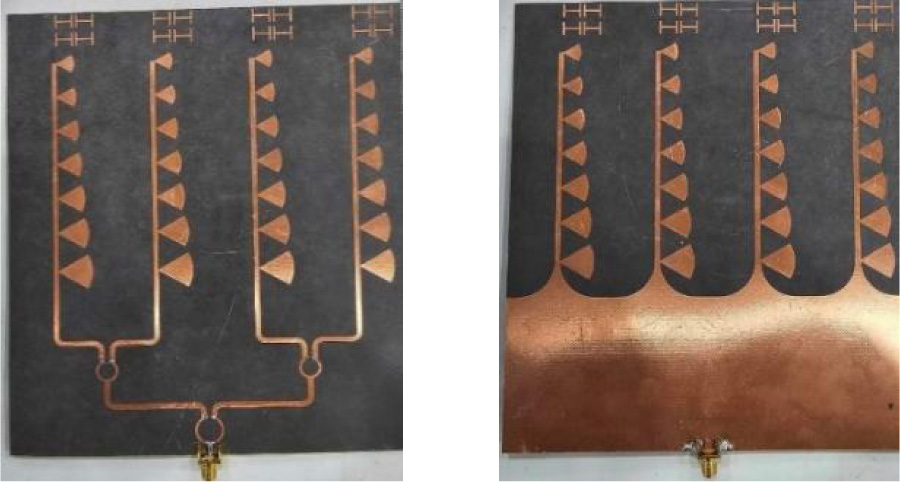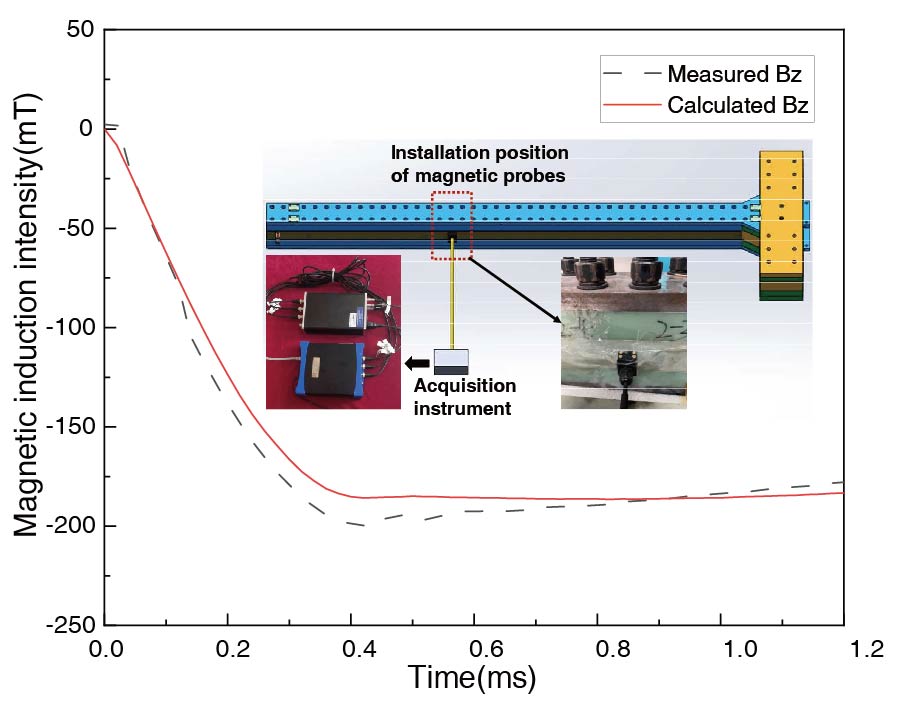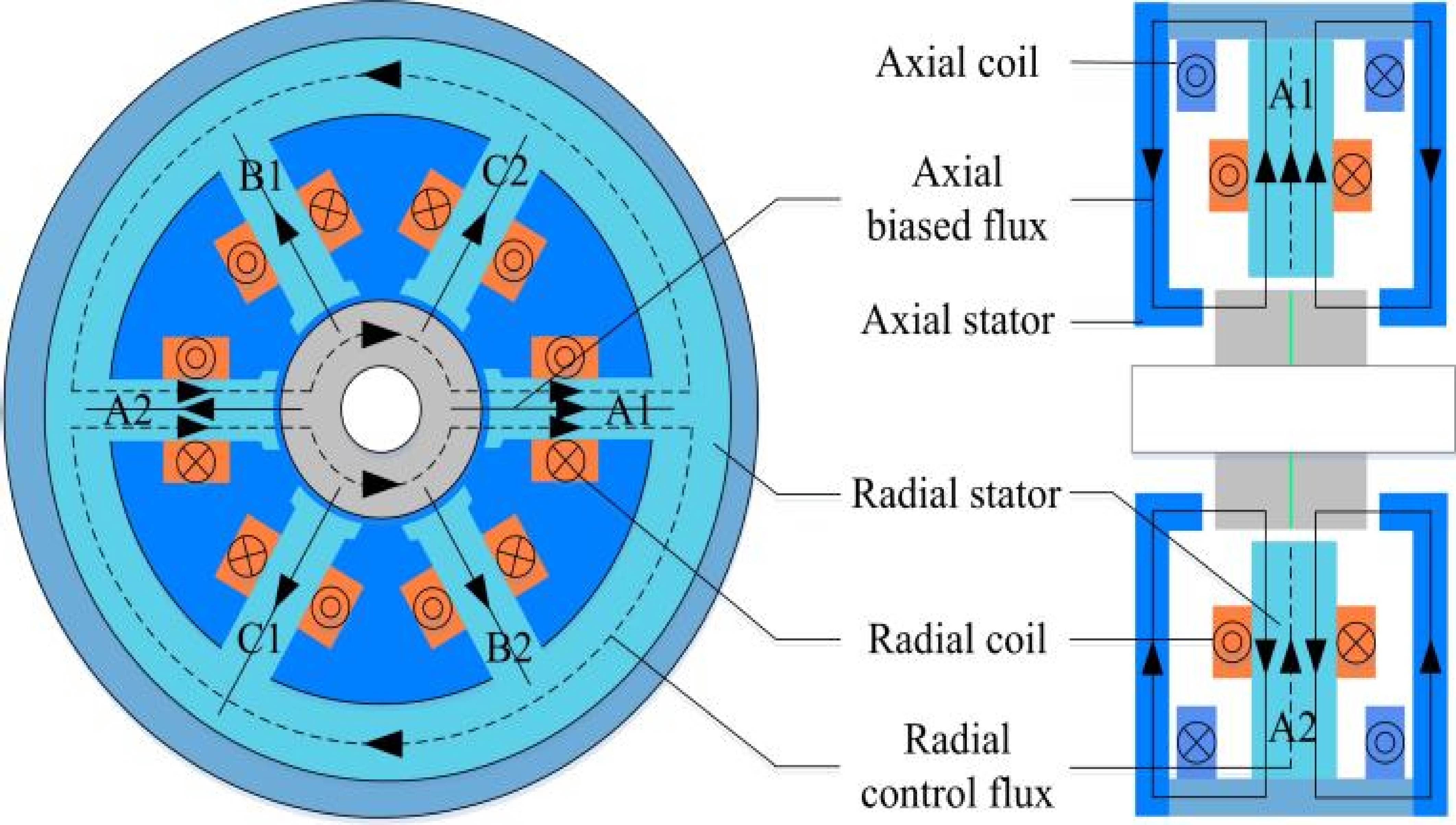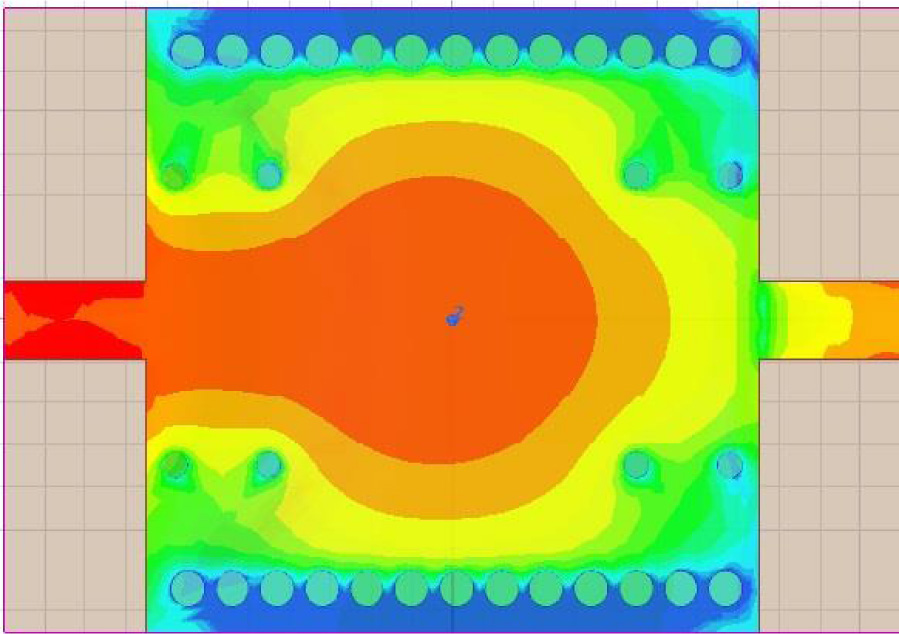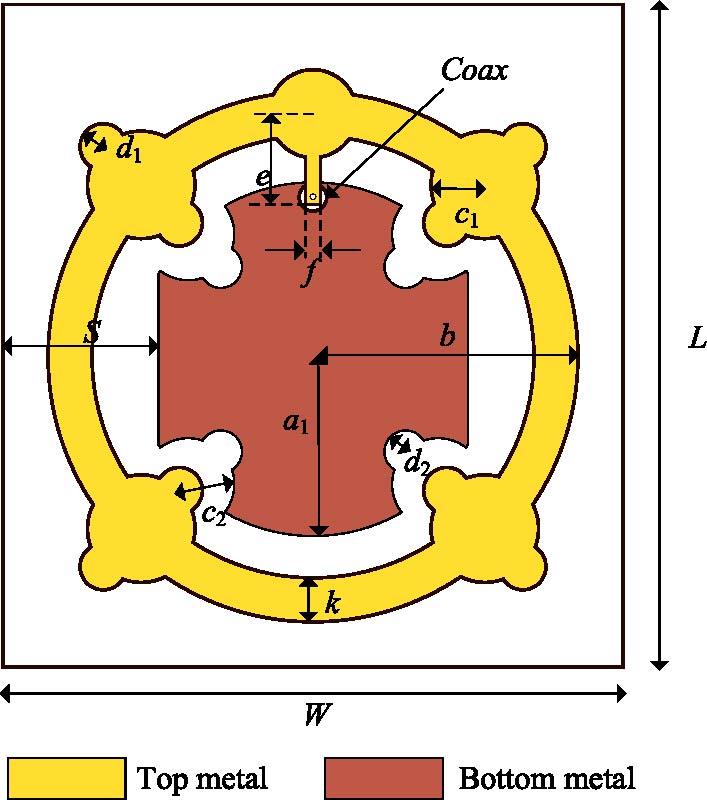Noncontact Voltage Measurement System for Low-Voltage Power Line
Huafeng Su
,
Haojun Li
,
Weihao Liang
,
Chaolan Shen
and
Zheng Xu
As one of the most basic electric quantities in the power system, voltage plays an important role in many fields such as condition monitoring and fault diagnosis. The construction and development of the smart grid cannot be separated from the reform and progress of the advanced sensing and measurement technology. Noncontact voltage measurement technology, as one of the important technologies, has many advantages such as no electrical contact, low insulation requirements, easy installation, and great potential in improving the panoramic perception ability of the power system. In this paper, a noncontact measurement method of the power line voltage based on capacitive coupling principle is proposed, which realizes the reliable measurement of the line voltage waveform. First, the principle of the noncontact voltage measurement method is introduced, which mainly includes self-calibration and online measurement of the sensor. The high-frequency voltage signal is injected into the capacitive coupling network of the sensor to implement the self-calibration of the sensor. Then, the digital integration method is used to integrate the output signal of the sensor to measure the line voltage waveform. Second, the noncontact voltage sensor prototype and the signal processing circuit are designed. Finally, the test platform of the line voltage measurement is built, and the measurement test of 220 V/50 Hz line voltage waveform is carried out. The test results show the relative amplitude error of the voltage measured by the sensor is less than 2.5%, the maximum phase error less than 2° at 50 Hz, and the linearity better than 0.5%. The frequency response experiment shows that the system has almost constant gain in the frequency range of 50-1800 Hz, and the phase error reaches a maximum of 2.8° at a frequency of 1800 Hz.
